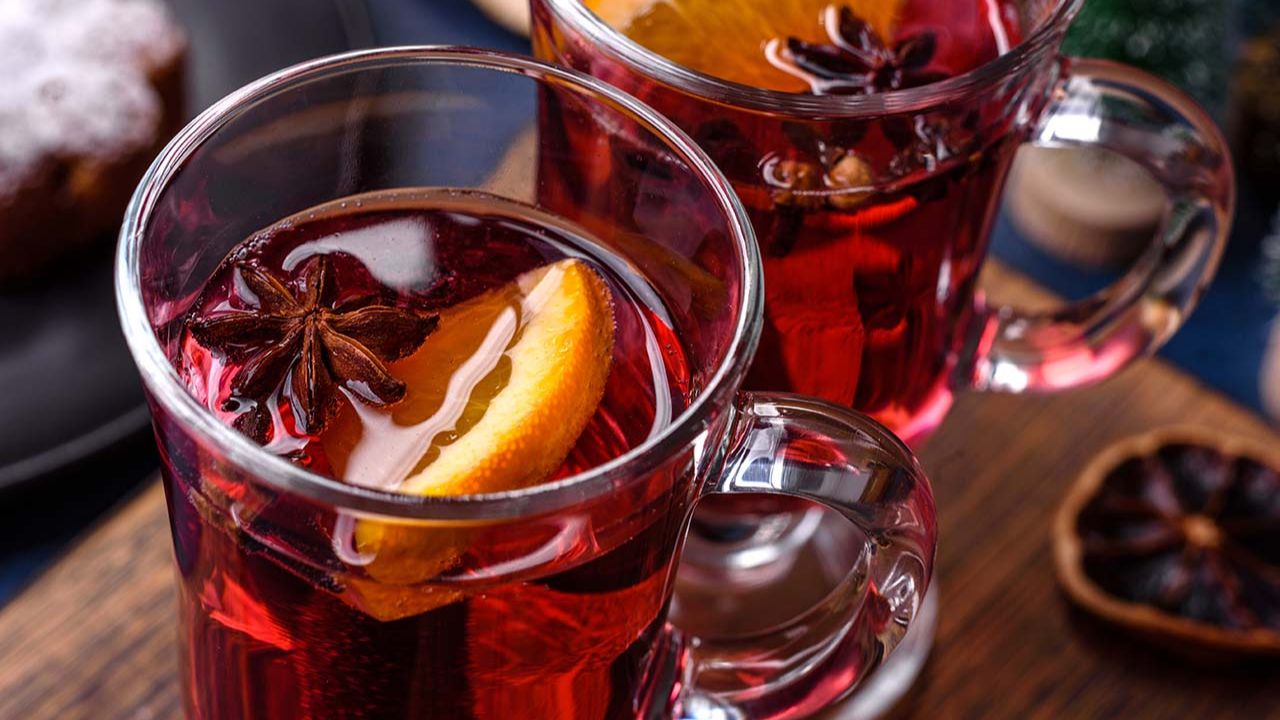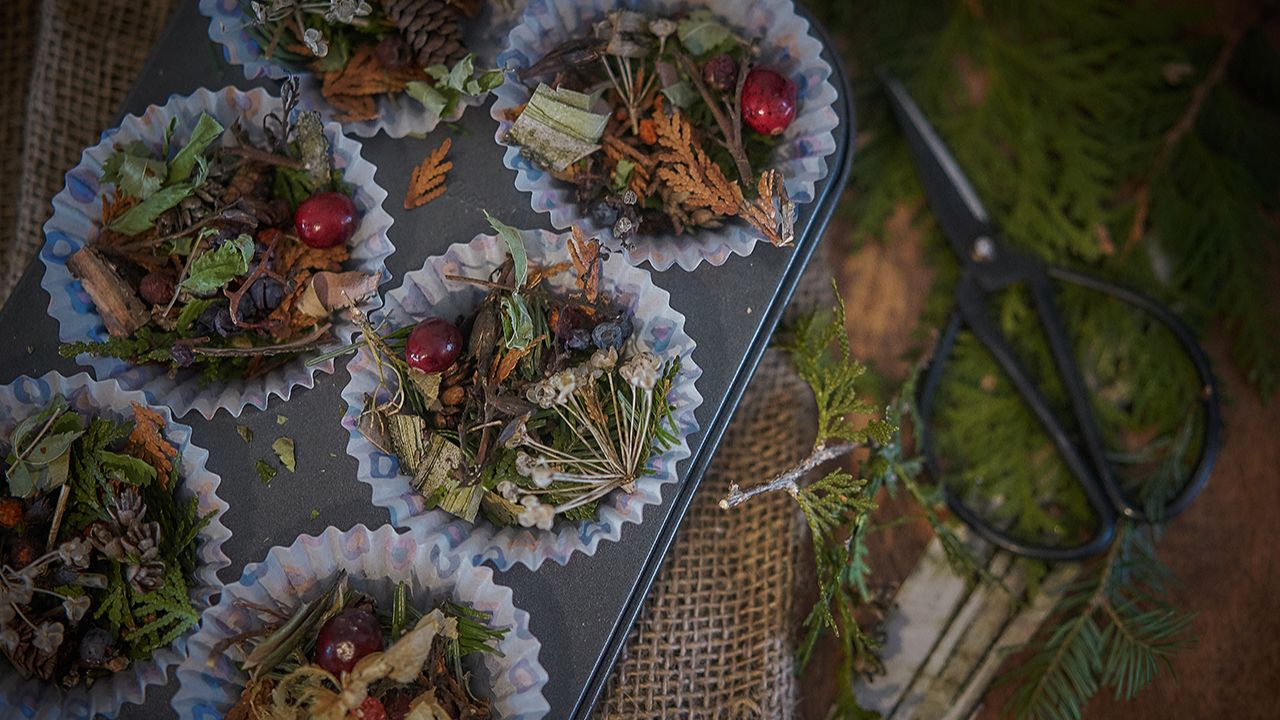
Arnica Uses and Plant Monograph
By late April, heart-shaped leaf spears begin emerging from the ground near my home. They are small at first, but persistent, sometimes covering entire areas as far as the eye can see. Each day the leaves are noticeably larger and by early May, the entire forest floor is radiating with their golden blooms. Arnica cordifolia, or heartleaf Arnica, grows ubiquitously through the Great Lakes region and the western half of North America. Spreading by rhizomes, it is often found growing in thick clusters throughout the shady forests it prefers.

Arnica Uses & Plant Profile Summary
- Botanical Name: Arnica montana, A.chamissonis, A. cordifolia
- Other Common Names: Leopard’s bane, wolf’s bane, mountain tobacco
- Family: Asteraceae
- Parts Used: Aerial portions, especially the flowers
- Energetics: Warming/cooling, drying
- Taste: Acrid, pungent
- Plant Properties: Modulates inflammation, anodyne, stimulating
- Plant Uses: Pain, inflammation, blood stagnation
- Plant Preparations: Tincture, oil, salve, cream, foot or hand bath
In western and eastern Europe, Arnica montana, heartleaf Arnica’s more famous cousin, is harvested by the millions to satisfy the demand for its healing gifts (some estimates say as much as 300 metric tons per year are harvested in Europe alone). Whether for acute or chronic injuries, Arnica is a reliable ally for modulating inflammation, relieving pain, and reducing swelling.
For Injuries and Acute Pain
Arnica is renowned for helping with bumps, bruises, pain, and swelling caused by minor acute injuries or muscle overuse. It is commonly used as both a homeopathic medicine and topically as an herbal salve or cream.
“The specific indication for topical use of Arnica is pain on movement. I use Arnica when an injury is helped by heat; if cold aids the pain (usually early on) I use aromatic balms or cold. Perversely, using Arnica immediately on an injury is best, but if you can’t, then wait until heat feels beneficial or it stops throbbing passively and only hurts when the joint or muscle is actively used.”
- Michael Moore
Arnica was one of the first plants to show me how amazingly effective plant medicine can be. It helped me move from thinking that herbalism was antiquated to realizing how useful and powerful it can be. The very first herb class I took was about making salves and lip balms. I was immediately obsessed! I started making my own batches at home and gave them to friends and family. I made A LOT … it was so much fun! Early on, I gave Arnica salve to a friend who danced professionally. Not long after she called to tell me that the salve magically erased her daily bruises. She was also giving it to the other dancers and was already out. Could I send more?

We’ve long been told that ice and anti-inflammatories are the answer to our injuries, but there is increasing evidence showing that these common interventions actually inhibit your body’s ability to heal. The result is a longer healing time and an increased likelihood of chronic problems. Instead, it may be better to make warm herbal applications to acute injuries, bringing more healing circulation to the site.
Arnica strongly modulates inflammation and may work by dilating capillaries, which increases blood flow to and from the injury. This increased blood flow brings healing substances to the area and moves stagnant blood, like you see in bruises. The result is decreased swelling and faster healing time. I like to use Arnica as soon as the bruise or injury occurs.

For Chronic Pain
In addition to being used for acute injuries, Arnica has can also relieve chronic pain and inflammation, like the pain and swelling of arthritic joints. One study compared the use of Arnica gel to ibuprofen gel in 204 patients diagnosed with osteoarthritis in their hands. The study showed that the Arnica gel was just as effective as ibuprofen at relieving pain intensity, reducing the severity of morning stiffness, and increasing hand function capacity.1
To Promote Circulation
Arnica can be used externally to specifically promote circulation in cases of stagnation. This is one of the ways it is useful for bruises, but the use extends beyond that. Arnica is frequently added to hair products both for hair loss (stimulating blood circulation to the scalp can encourage hair growth) and for dandruff. Arnica was historically used for chilblains, which is damage to the capillaries caused by extreme cold. Arnica can also be applied topically to varicose veins and broken capillaries.
Botanically Speaking
Arnica Adulteration
Arnica is commonly adulterated in the commercial markets. This may be in part because suppliers are unable to meet demand and they unethically replace it with another species or similar-looking flower; however, other times it may be due to a confusion with the common name.
A plant commonly called Mexican Arnica, Heterotheca inuloides (or the closely related H. subaxillaris), is commonly sold as Arnica in Spain, sometimes incorrectly identified as Arnica montana. On the other hand, these species of Heterotheca may be useful substitutes as the harvest of Arnica becomes less sustainable.
Gayle Engels from the American Botanical Council further explains, “In a recent US survey of nine botanicals that had previously been reported to be adulterated or were suspected to be at risk of adulteration, 10 samples labeled ‘Arnica montana’ were purchased from separate vendors. Of the 10 samples, six were H. inuloides. The authors opined that the substitution might be economically motivated as H. inuloides is larger and more abundant and accessible in its native habitat, Mexico. However, they admitted that honest confusion might also be responsible as H. inuloides is called ‘Arnica’ in Mexico, and is used similarly, e.g., for bruises.”2

Plant Preparations
Arnica flowers can be used fresh or dried and infused into water, oil, or alcohol. Some herbalists recommend using the leaves, especially if the plant isn’t abundant in your area. I prefer to use Arnica buds, harvesting them just before they open to a full bloom. Dried Arnica buds can retain more of their petals than drying fully opened Arnica flowers. Arnica flowers, like many plants in the aster family, can turn into a fluff ball when they are dried.
Arnica can be made into a strong tea and used externally as a wash. Herbalist Beverly Gray recommends the tea as a foot bath to relieve tired feet.3
An infused oil can be made into a salve or cream.
A tincture (alcohol extraction) can be used externally as a liniment.
Dosage externally is as needed. Sometimes people develop a sensitivity to Arnica and start to experience redness or irritation. If that happens, discontinue use.
Issues with Internal Use
Arnica herb is most often used topically, while the homeopathic remedy is the form taken internally. In the past, preparations of the whole herb have been recommended internally in very small dosages or as a gargle for a sore throat. There are serious risks to taking whole herb extractions internally, so it is no longer commonly recommended. Problems associated with Arnica’s internal use include lesions within the digestive tract and cardio toxicity.
Special Considerations
- Taking the Arnica internally can lead to serious complications. It is recommended for external use only.
- It is commonly recommended not to apply Arnica to broken skin.
- Touching Arnica while harvesting it can cause contact dermatitis in some sensitive individuals.
- Some people are allergic to Arnica. If you have sensitivities to the aster family, it is recommended to try Arnica topically in small amounts to see how you react.









